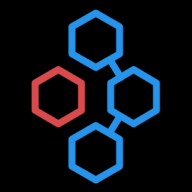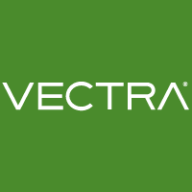

Find out what your peers are saying about Darktrace, Vectra AI, Trend Micro and others in Network Detection and Response (NDR).
| Product | Market Share (%) |
|---|---|
| Vectra AI | 13.3% |
| IronNet Collective Defense Platform | 0.9% |
| Other | 85.8% |
| Company Size | Count |
|---|---|
| Small Business | 9 |
| Midsize Enterprise | 10 |
| Large Enterprise | 29 |
When organizations collaborate to detect, share intelligence, and stop threats together in real time, they form a Collective Defense community. Discover how IronNet's Collective Defense platform – built on our IronDome and IronDefense products – enables organizations to realize the full benefits of this approach.
The IronNet Collective Defense Platform leverages advanced AI-driven Network Detection and Response (NDR) capabilities to detect and prioritize anomalous activity inside individual enterprise network environments. The platform analyzes threat detections across the community to identify broad attack patterns and provides anonymized intelligence back to all community members in real time, giving all members early insight into potential incoming attacks. See Collective Defense in action.
Vectra AI enhances security operations by pinpointing attack locations, correlating alerts, and providing in-depth visibility across attack lifecycles, ultimately prioritizing threats and improving incident responses.
Vectra AI integrates AI and machine learning to detect anomalies early and supports proactive threat response. Its features like risk scoring, alert correlation, and streamlined SOC efficiency are supplemented by integration with tools like Office 365. Users highlight integration, reporting, and customization challenges, alongside limitations in syslog data and false positive management. They seek enhancements in visualization, UI, TCP replay, endpoint visibility, and tool orchestration, with requests for improved documentation, licensing, and cloud processing innovation.
What are the key features of Vectra AI?In industries like finance, healthcare, and critical infrastructure, Vectra AI is crucial for threat detection and network monitoring. Entities use it for identifying anomalous behaviors and enhancing cybersecurity by responding to network activities and analyzing traffic for potential breaches. It operates on-premises and in hybrid cloud settings, enabling threat detection without endpoint agents and supporting compliance and policy enforcement.
We monitor all Network Detection and Response (NDR) reviews to prevent fraudulent reviews and keep review quality high. We do not post reviews by company employees or direct competitors. We validate each review for authenticity via cross-reference with LinkedIn, and personal follow-up with the reviewer when necessary.